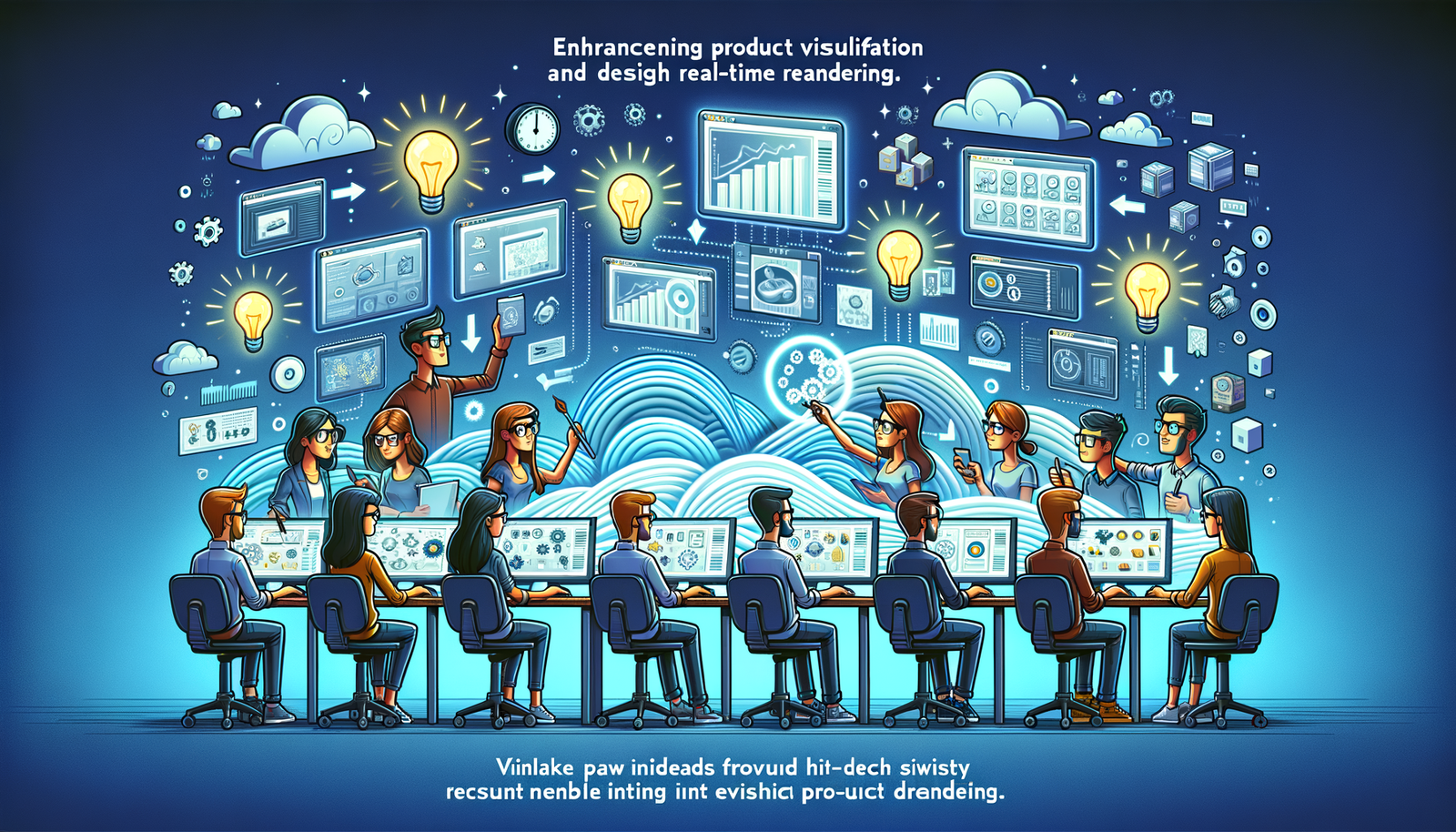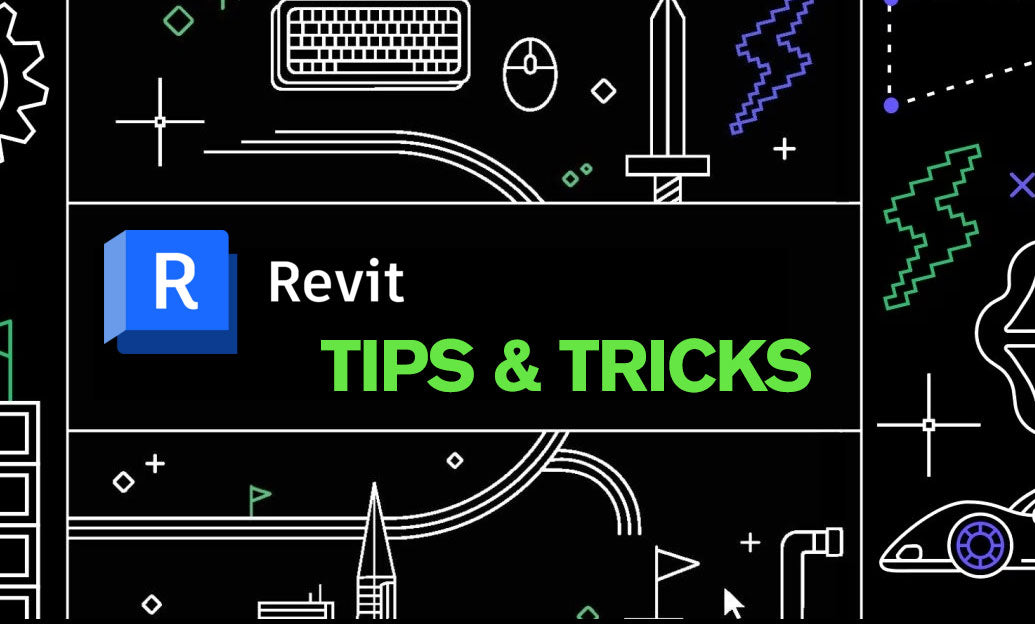Your Cart is Empty
Customer Testimonials
-
"Great customer service. The folks at Novedge were super helpful in navigating a somewhat complicated order including software upgrades and serial numbers in various stages of inactivity. They were friendly and helpful throughout the process.."
Ruben Ruckmark
"Quick & very helpful. We have been using Novedge for years and are very happy with their quick service when we need to make a purchase and excellent support resolving any issues."
Will Woodson
"Scott is the best. He reminds me about subscriptions dates, guides me in the correct direction for updates. He always responds promptly to me. He is literally the reason I continue to work with Novedge and will do so in the future."
Edward Mchugh
"Calvin Lok is “the man”. After my purchase of Sketchup 2021, he called me and provided step-by-step instructions to ease me through difficulties I was having with the setup of my new software."
Mike Borzage
Harnessing Real-Time Rendering for Enhanced Product Visualization and Design Efficiency
August 25, 2024 3 min read


Introduction to Real-Time Rendering in Product Visualization
Overview of Real-Time Rendering: Real-time rendering is a computer graphics technique that generates images at a rate fast enough to appear continuous to human viewers, typically at least 24 frames per second. This critical capability allows dynamic interaction with 3D models, providing immediate visual feedback. Historically, real-time rendering has evolved from simple wireframe models to highly sophisticated, photorealistic images, driven by advancements in design software and hardware performance.
Importance in Product Visualization: Real-time rendering revolutionizes product visualization by transitioning from static, pre-rendered images to dynamic, interactive models. This shift enhances the ability to visualize products in different settings and configurations instantaneously, thereby improving design iterations, stakeholder engagement, and overall decision-making processes in product development.
Technological Foundations
Core Technologies: At the heart of real-time rendering are Graphics Processing Units (GPUs), which are designed for parallel processing, making them ideal for handling the complex calculations required for rendering images quickly. Two main rendering techniques are prevalent in real-time rendering:
- Ray Tracing: This technique simulates how light interacts with objects to produce highly realistic images by tracing the path of light rays. While traditionally used in non-real-time applications due to its computational intensity, recent advancements in GPU technology have made real-time ray tracing feasible.
- Rasterization: This technique converts 3D models into 2D images by mapping vertices to screen space, making it much faster than ray tracing. Although it may not achieve the same level of realism as ray tracing, rasterization remains a cornerstone of real-time rendering due to its efficiency.
Software Platforms and Tools: Leading real-time rendering software platforms include Unreal Engine, Unity, and Autodesk's VRED. These tools offer powerful integration capabilities with CAD and other design tools, enabling seamless workflows from design to visualization. Features such as real-time material editing, environment lighting, and interactive simulations make these platforms indispensable in modern design processes.
Applications and Benefits
Industry Use-Cases: Real-time rendering finds applications across various industries, enhancing the visualization and decision-making processes:
- Automotive: Designers can interactively visualize car models, explore different materials and finishes, and simulate lighting conditions to assess aesthetics and functionality.
- Architecture: Real-time rendering enables architects to create immersive walkthroughs of building designs, helping clients visualize spaces before construction.
- Consumer Products: Companies can showcase products in real-time, allowing customers to customize and view products from different angles and in various environments.
Advantages: The benefits of adopting real-time rendering in product visualization are substantial:
- Enhanced decision-making and design iterations: Immediate visual feedback allows designers to make quick adjustments and explore multiple design variations efficiently.
- Improved collaboration and client presentations: Interactive models facilitate better communication of design intent, leading to more informed feedback and decisions.
- Reduction in time and cost: By streamlining the design and review processes, real-time rendering helps reduce the overall time and cost associated with product development.
Future Trends and Challenges
Emerging Trends: The future of real-time rendering is promising, with several emerging trends poised to further enhance its capabilities:
- The role of AI and machine learning: AI-driven algorithms can optimize rendering processes, predict user preferences, and automate repetitive tasks, leading to more efficient workflows.
- Integration with VR/AR: Combining real-time rendering with virtual and augmented reality can create immersive experiences, allowing users to interact with designs in a more intuitive and engaging manner.
Challenges: Despite its advantages, real-time rendering faces several challenges:
- Hardware requirements and performance optimization: High-performance GPUs and optimized software are necessary to achieve the desired real-time performance, which can be a significant investment.
- Balancing visual quality with real-time constraints: Achieving high visual fidelity while maintaining real-time performance can be challenging, requiring careful optimization and trade-offs.
- Addressing the learning curve and adoption barriers: Adopting real-time rendering technologies requires training and adaptation, which can be a hurdle for some design teams and industries.
Conclusion
Recap of Key Points: Real-time rendering has transformed product visualization by providing dynamic and interactive visual feedback, enhancing decision-making, collaboration, and reducing time and costs. Core technologies such as GPUs and advanced rendering techniques, along with powerful software platforms, are pivotal in this transformation. Despite challenges, the future looks promising with emerging trends like AI and VR/AR integration.
Call to Action: Design professionals and firms are encouraged to explore and adopt real-time rendering solutions to stay competitive and leverage the benefits of enhanced visualization capabilities.
Future Outlook: Real-time rendering technology will continue to evolve, driven by advancements in AI, machine learning, and immersive technologies, further integrating into design workflows and revolutionizing the way we visualize and interact with products and environments.
Also in Design News

ZBrush Tip: Optimizing ZBrush Models with the Curve Bridge Brush Technique
January 15, 2025 2 min read
Read More
Revit Tip: Enhance Design Precision with Revit's Radial Array Tool
January 15, 2025 2 min read
Read More
AutoCAD Tip: Mastering AutoCAD's Revolve and Sweep Tools for Advanced 3D Modeling
January 15, 2025 2 min read
Read MoreSubscribe
Sign up to get the latest on sales, new releases and more …


